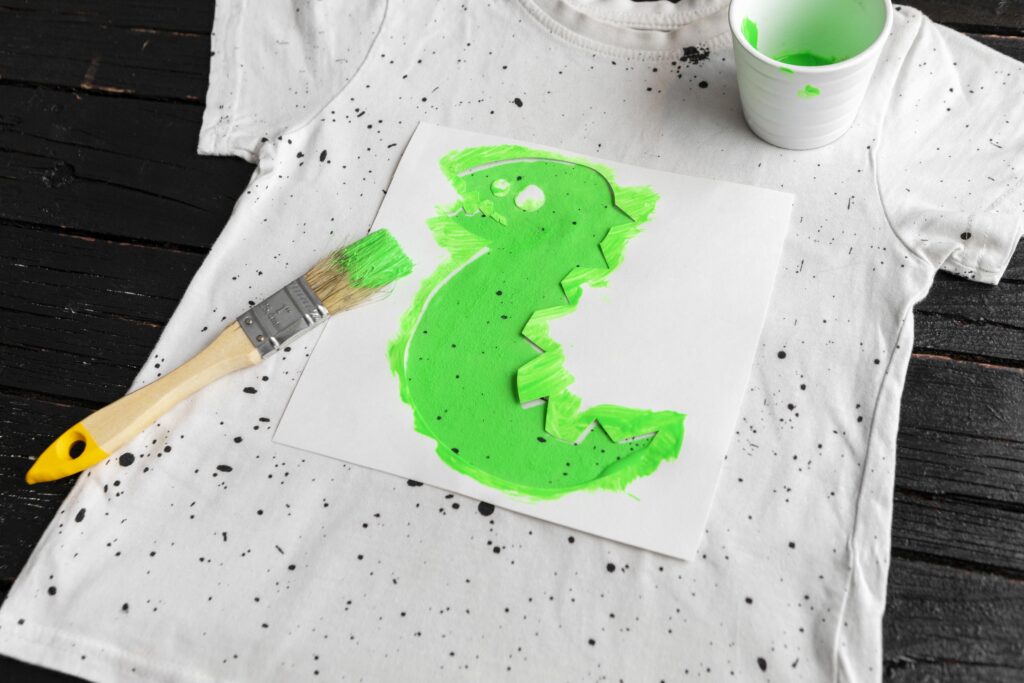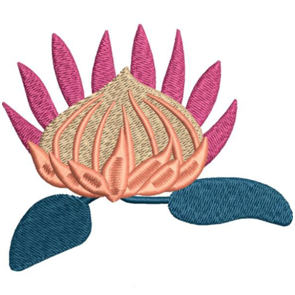
Direct-to-Film (DTF) printing has quickly become one of the most popular printing technologies for apparel decorators, custom gift makers, and small businesses. Its ability to print vibrant designs on a wide range of fabrics makes it a top choice in 2025. However, like any printing system, long-term performance depends heavily on proper maintenance. One of the most essential tools for keeping your machine in top condition is the DTF Cleaning Solution.
In this comprehensive guide, we’ll explore why cleaning is crucial, how to use cleaning solution correctly, the best maintenance habits for 2025, and expert tips to extend the life of your print head, dampers, and ink system.
Why DTF Cleaning Solution Is Essential in 2025?
As DTF technology evolves, printers are being designed for higher speed and precision. These improvements also mean that the components—especially the print head—are more sensitive to ink buildup and clogs. DTF inks, particularly white ink, contain heavy pigments that settle quickly and can cause blockage if not cleaned regularly.
The DTF Cleaning Solution plays a vital role by:
-
Breaking down dried ink inside the print head and cap station
-
Flushing out stubborn pigment particles
-
Preventing nozzle blockages
-
Keeping the ink tubes and dampers clear
-
Extending the lifespan of the print head
-
Maintaining consistent print quality
Without proper cleaning, printers may suffer color banding, ink starvation, nozzle dropouts, or even permanent damage.
Types of DTF Cleaning Solutions Available
Not all DTF cleaning solutions are the same. In 2025, manufacturers typically offer three specialized types:
1. Regular Cleaning Solution
Used for routine maintenance, nozzle checks, and mild clogs. It is safe for daily or weekly use and helps keep ink pathways clear.
2. Strong Cleaning Solution
This formula is more powerful and is used when the print head is heavily clogged or when white ink has dried inside the system.
3. Flushing Solution
Often used before long-term printer storage or when switching ink brands. It helps push out old ink and prevents residue from settling.
Choosing the correct DTF Cleaning Solution based on your maintenance needs ensures safe and effective results.
Daily Maintenance Tips for DTF Printers (2025 Update)
To keep your DTF printer running optimally, here are the most important daily maintenance steps:
1. Shake White Ink Daily
White ink contains titanium dioxide, a heavy pigment that settles quickly. Shaking the bottle and ink cartridges helps prevent clogging inside the print head and dampers.
2. Clean the Cap Station
Use a lint-free cloth and apply a few drops of DTF Cleaning Solution to dissolve dried ink. A clean cap station ensures proper suction during cleaning cycles.
3. Wipe the Print Head Edges
Carefully clean the sides of the print head with a swab dipped in cleaning solution. Do not touch the bottom of the print head nozzle plate.
4. Clean the Wiper Blade
Remove excess ink and dust from the wiper blade to prevent streaks and cross-contamination.
5. Perform a Nozzle Check
This helps you catch early clogs before they become severe.
Performing daily cleaning prevents 90% of common DTF printing issues.
Weekly Maintenance Tips for Longer Print Head Life
A little extra cleaning once a week ensures smoother operation and reduces downtime.
1. Ink Tube Purging
Use your printer’s built-in function to flush a small amount of ink through the system. If needed, run a mild purge using DTF Cleaning Solution to clear micro-particles.
2. Damper Check and Cleaning
Dampers filter ink before it reaches the print head. Replace or clean dampers every 2–3 months, especially if you use thick white ink.
3. Lubricate the Carriage Rail
A drop of silicone lubricant keeps the print head carriage moving smoothly and reduces vibration.
4. Clean Below the Print Area
Dust, powder residue, and fibers can accumulate under the platen. A clean printing environment reduces contamination on films.
Deep Cleaning Tips for 2025 (Monthly or as Needed)
For printers running high-volume workloads, deep cleaning is essential.
1. Head Soaking with DTF Cleaning Solution
Remove the print head and place it in a shallow container with cleaning solution. Soak only the nozzle plate—not the entire print head—to avoid electrical damage.
2. Manual Syringe Cleaning
Using a syringe with DTF Cleaning Solution, gently push solution through the ink ports to dissolve dried ink.
3. Cleaning the Ink Pump
The pump is responsible for suction during cleaning cycles. If it becomes clogged, cleaning cycles lose effectiveness. Flushing the pump with cleaning solution can restore performance.
4. Purging the White Ink System
Because white ink is the most problematic, a monthly purge keeps the system fresh and prevents pigment settling.
How to Use DTF Cleaning Solution Safely?
While cleaning solution is essential, it must be used correctly to avoid damage:
-
Never force solution through the print head with excessive pressure.
-
Avoid mixing cleaning solution with ink directly.
-
Do not leave strong cleaning solution inside the print head for too long.
-
Always store cleaning chemicals away from direct sunlight.
-
Wear gloves to avoid skin irritation.
Proper usage ensures safety and prevents costly repairs.
Signs That Your Printer Needs Immediate Cleaning
Watch for these symptoms:
-
Missing or broken lines in nozzle test
-
Frequent color banding
-
Ink starvation during printing
-
White ink becomes too thick or separated
-
Excessive ink on the wiper blade
-
Noisy pump or weak suction
At the first sign of trouble, apply DTF Cleaning Solution to prevent further damage.
Storage Tips for 2025
If you won’t be using your printer for more than one week, follow these steps:
1. Run Cleaning Cycles
Push out remaining ink to prevent drying.
2. Use Flushing Solution
Replace ink with flushing solution to keep internal components lubricated.
3. Cap the Print Head Properly
A well-sealed head prevents airflow and drying.
4. Keep the Printer in a Cool, Dry Place
Temperature fluctuations can thicken ink and affect performance.
Proper storage extends the lifespan of your print head and reduces the risk of hard clogs.
Expert Tips for Better Maintenance in 2025
Here are some pro-level suggestions:
-
Use only high-quality DTF inks to reduce sediment buildup.
-
Keep humidity between 40–60% to prevent ink drying.
-
Invest in an automatic white ink circulation system.
-
Avoid using expired inks.
-
Clean the powder shaker and curing oven regularly.
-
Always prime new dampers before installation.
A combination of good ink, regular maintenance, and proper cleaning tools results in superior print quality.
Conclusion
In 2025, maintaining your DTF printer is more important than ever due to high-speed printing demands and complex ink formulations. A reliable DTF Cleaning Solution remains the foundation of effective maintenance. By following daily, weekly, and monthly cleaning routines—along with smart storage habits—you can dramatically extend the life of your print head, improve print quality, and reduce downtime.
A small investment in proper cleaning today can save you thousands in repairs and replacement parts tomorrow. If you’re serious about long-term DTF success, consistent cleaning should be a non-negotiable part of your workflow.

